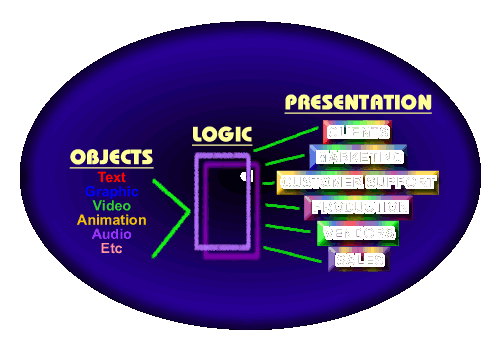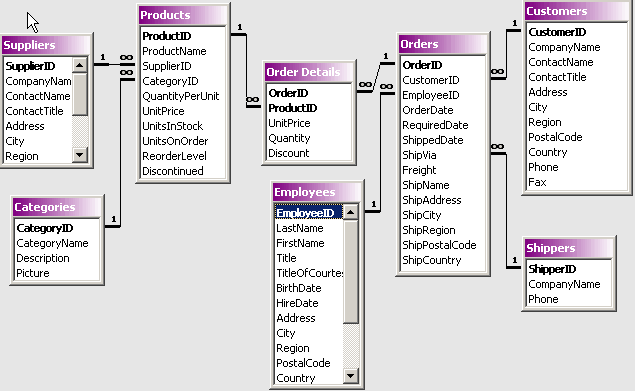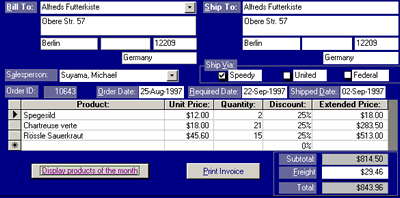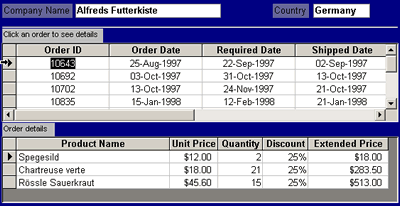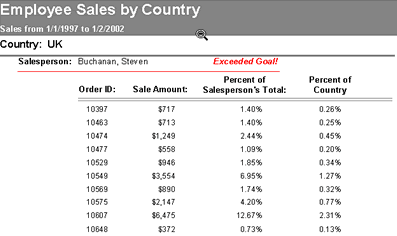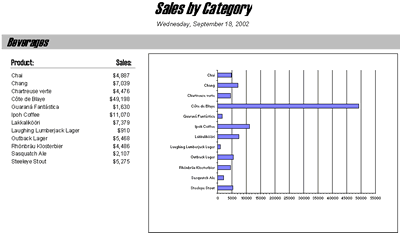|
|
||||||||||
|
GETTING UNGLUED Every time you develop training, you're capturing information and graphical elements from other departments, reformatting them and producing some type of static document - printed, PPT, web page. Every time you glue those elements together to create a static training presentation you create another hard to access, and costly to manage, island of information. What happens when a graphic changes and you've copy/pasted it into multiple places? You have to "remember" everywhere you pasted that graphic and manually change it. Will there be documents that you may forget to change? It's very likely you will. If that graphic were "unglued" from the other presentations, then you'd only need to change it one time, in one place. To determine what should be made a reusable object, begin with the training department.What text or graphic elements do you commonly end up copy/pasting? How many times do you take content from a "communication" lesson and put into a "sales" or "management" or "customer service" lesson? Or, reuse information about a product? Or, use the same material for the final lessons in a "beginner" level and repeat/review them for the "intermediate" level lesson? Those snippets/chunks of content, graphics, etc are where you should start to break out your first reusable objects. AN OBJECT BY ANY OTHER NAME While you're doing that, keep in mind
that there is NO
SUCH THING as Learning Objects or Knowledge Objects
or Information Objects. They're all just objects. As
soon as you attempt
to limit an object
for one environment, it is no longer reusable. As soon as you attach/embed/integrate
an assessment to an object to make it a Learning Object, it
can no longer
be reused except for that one, narrowly defined use.
Since the creation and use of different objects are not restricted to one functional area, does it make any sense to use a content/object management approach such as a LCMS (Learning Content Management System)? No, it makes more sense to use an enterprise level CMS (Content Management) to dynamically manage presentations for many areas instead of just one functional area. Objects used in a learning presentation may be "owned" by marketing or R&D, etc. Marketing may need to reuse objects "owned" by R&D, or sales, etc. SEPARATION IS IMPORTANT Content can be reformatted and reused in different ways at different times only if it's kept separate from the presentation. An object can be text, graphics, anything that is a discrete element. In the graphic below, we've attempted to show how the same source objects can be mixed and matched in different ways to create a personalized presentation, on demand, for different audiences/environments. The objects can be the same but their presentation will appear to be different as they're transformed by the logic of the application in response to the user's needs. Or,
Click Here to See an Alternate Graphic
YOU ALREADY DO IT
DATA
ABOUT THE DATA
Simply defined, meta data is the data about the data. MetaData describes the hierarchy or meaning of the content.
|
||||||||||
